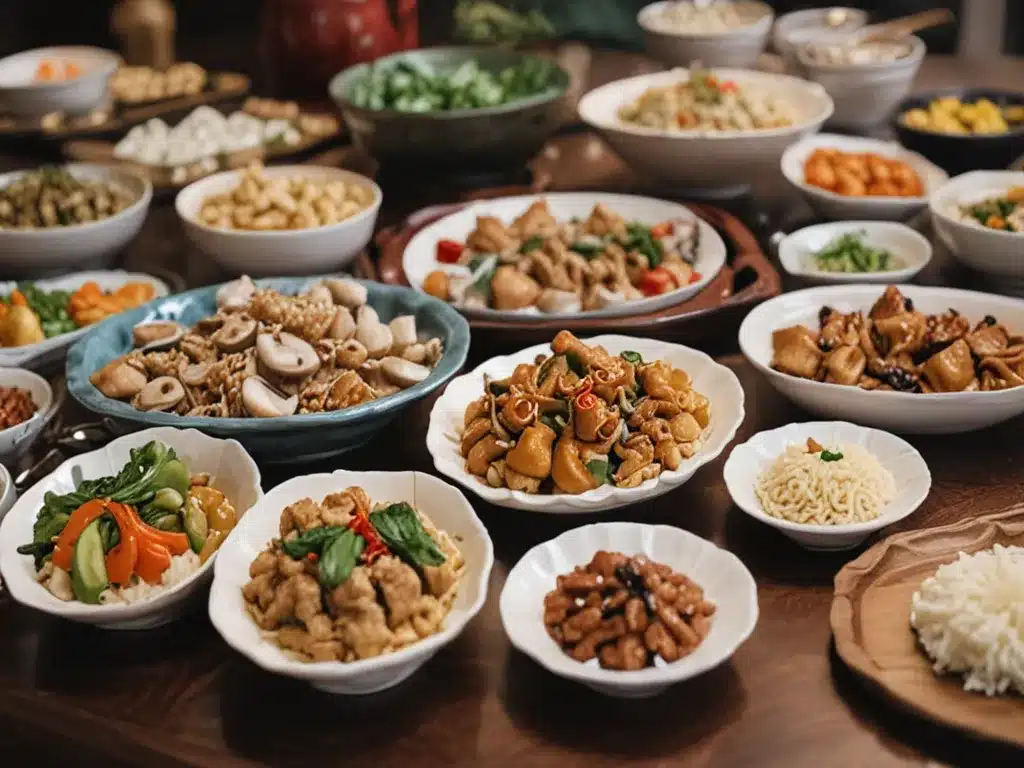
As a lover of Chinese culture, I appreciate how different regional cuisines showcase the uniqueness of different parts of China. Food acts as an expression of local identity and values. By learning about and enjoying signature dishes from various regions, I can gain insight into Chinese culture and history in a delicious way.
Dim Sum Represents the Spirit of Guangdong Province
When I think of Guangdong cuisine, a style that immediately comes to mind is dim sum. As a meal in itself or paired with Chinese tea, dim sum exemplifies the diversity and creativity of Guangdong cooking. These small dishes are perfect for social gatherings, reflecting Guangdong people’s sociable nature. Some classic dim sum items I enjoy are steamed pork buns (bao), shrimp dumplings (xiaolongbao), and steamed egg custards (dan tat). The delicate wrappers and fillings showcase Guangdong people’s attention to details and flavors.
Besides tasting delicious dim sum, I appreciate learning about the history behind these dishes. For example, xiaolongbao was invented in the city of Shanghai but became widely popular in Guangdong. Its thin wrapper and juicy filling inspired diners to come up with techniques like using chopsticks to puncture the top of the bun and sip the delicious broth inside.
Hot Pot Unites People in Chongqing Municipality
Another regional cuisine closely tied to its culture is Chongqing hot pot. As winter approaches in Chongqing, friends and families gather around this communal meal to stay warm. The boiling broth acts as the foundation for an abundance of fresh ingredients like vegetables, meats, and seafood are added tableside. Friends can share flavors from their personal dipping sauces crafted from special Chongqing chili oil and spices.
I appreciate how Chongqing hot pot brings people together in festive gatherings. It’s always a pleasure to interact with fellow diners, discussing which ingredients to add next and tasting each other’s portions. The lively conversations and bonding experience over food represent Chongqing people’s hospitable nature. While enjoying the taste sensation of different ingredients cooked moments before eating, I learn why hot pot carries cultural significance for the people of Chongqing.
Noodles Symbolize Past and Present in Shaanxi Province
When exploring Shaanxi cuisine, two dishes immediately come to mind – Liang Pi cold noodles served in summer and Liquan Meat noodles eaten in winter. As a Shaaxi native, these noodles hold personal memories for me from sharing them with family over the years.
Liang Pi noodles are made from buckwheat and wheat flours which, when served chilled with seasoned broth, provide relief from summer heat. Its light texture allows diners to fully taste fresh vegetable toppings. On the other hand, Liquan Meat noodles are hearty and warming. Cooked in a rich beef and tomato sauce seasoned with Shaanxi’s famous red chili (Hong wei), these noodles comfort diners during colder months.
What I appreciate about Shaanxi noodles is how they reflect both past and present. Liang Pi’s buckwheat composition recalls crop traditions while Liquan Meat honors influences of Islamic culture from the Silk Road trade era. At the same time, modern preparations integrate new culinary techniques with the signature tastes of Shaanxi. Through these signature noodles, I connect to both my ancestors and today’s Shaanxi community.
Conclusion
As this discussion of dim sum, hot pot, and noodles illustrates, Chinese regional cuisines beautifully preserve cultural history while accommodating contemporary tastes. By learning about signature dishes and making an effort to experience their associated dining style, any food enthusiast can gain a






